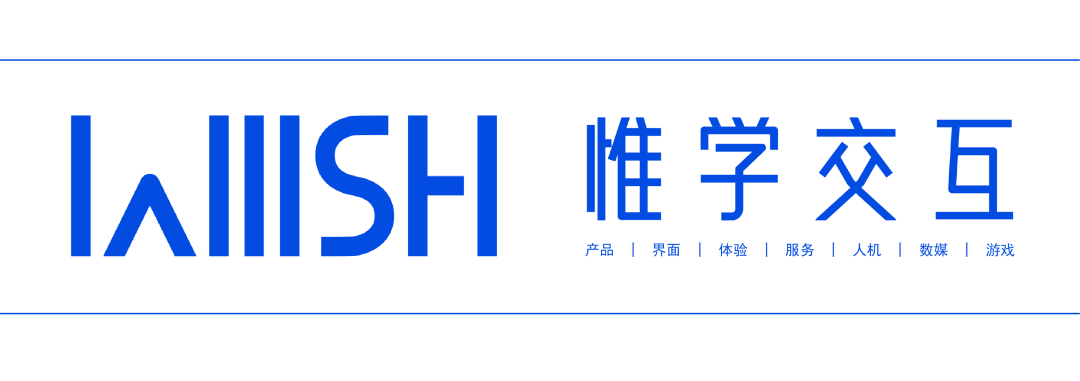
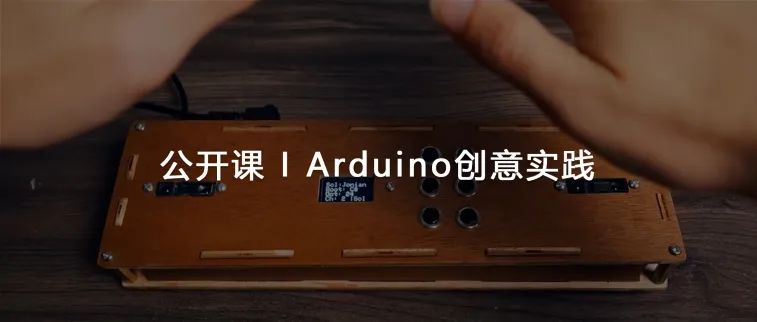
Interactive Learning Series
< Environment · Sensory · Interaction >
Creative Practices with Arduino
What is a physical interactive device?
How do environmental signals affect sensory experiences?
How to use Arduino for interaction?
4 lectures to help you create an interactive device with Arduino!
Arduino, as an open-source hardware and software platform, is mainly used for electronic prototyping and development. Its core is based on microcontroller development boards, combined with an easy-to-use programming environment and rich peripheral devices, lowering the threshold for hardware development, suitable for developing interactive products, enabling more people to turn their ideas into actual electronic products.
This course aims to explore the interaction between the environment and humans through hardware control and sensor technology of Arduino, combined with the concept of multi-sensory design, transforming environmental signals (such as light, temperature, humidity, sound, etc.) into visual, tactile, and auditory experiences, exploring the interaction between the environment and humans. The course leads students from basic hardware learning to practical project development, helping them understand how to complete a prototype based on environmental interaction.
Regardless of whether students have a technical background, they can learn through this course how to use Arduino to build environmental perception systems and design interactive experiences, laying the foundation for creating innovative works that integrate senses and technology.

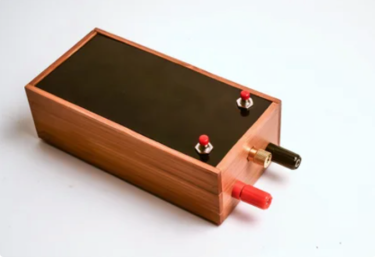
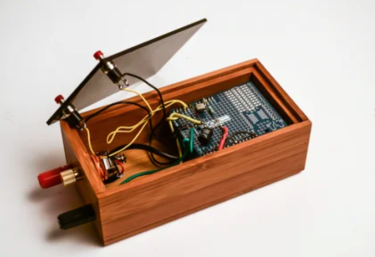
© madshobye
Instructor Introduction
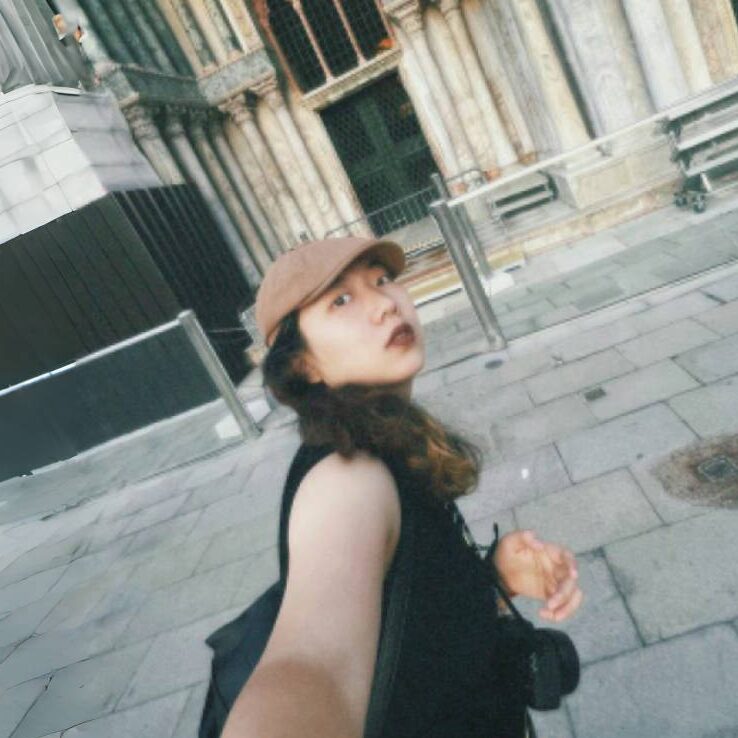
Zixin.M
Master’s in Digital and Interaction Design, Politecnico di Milano
Bachelor’s in Industrial Design, Nanjing University of Science and Technology
Former state-owned enterprise engineer, B2B product AIGC-related business intern, member of the sociology research group for social creation projects. Initiated offline pop-up spaces, participated in the design of sexual education brand exhibitions, volunteer travels, etc. (Rich life experiences nourish design!). Areas of expertise include focusing on innovation in museum interactive experiences, how to find insights from research data, gamification to make projects more interesting, and system design involving complex stakeholders.
← Swipe left and right to view instructor’s works →
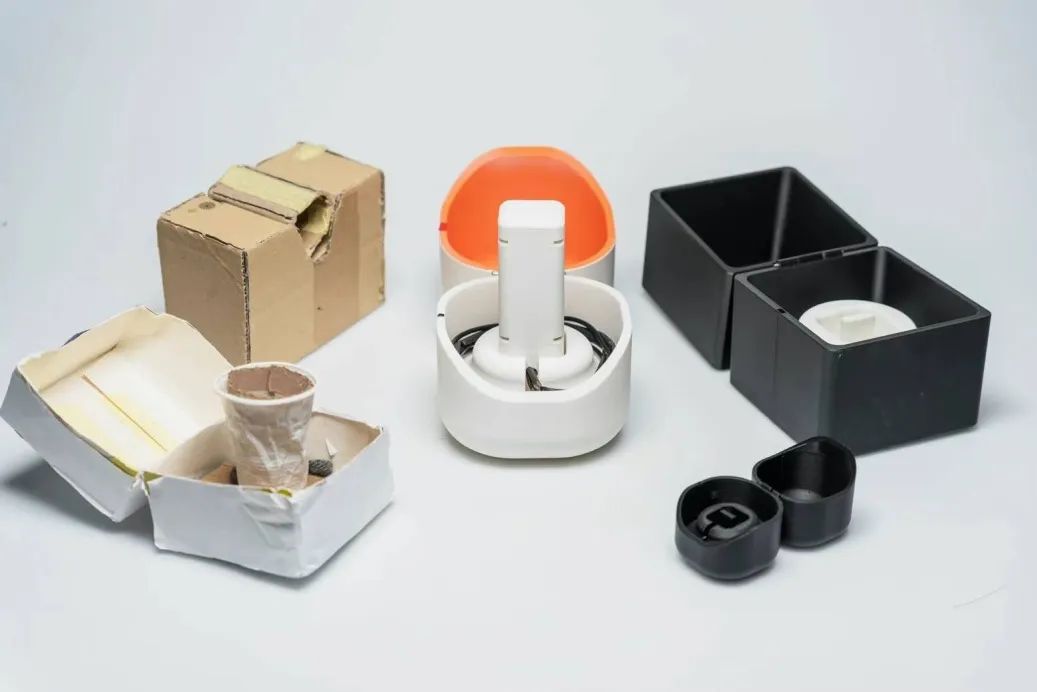
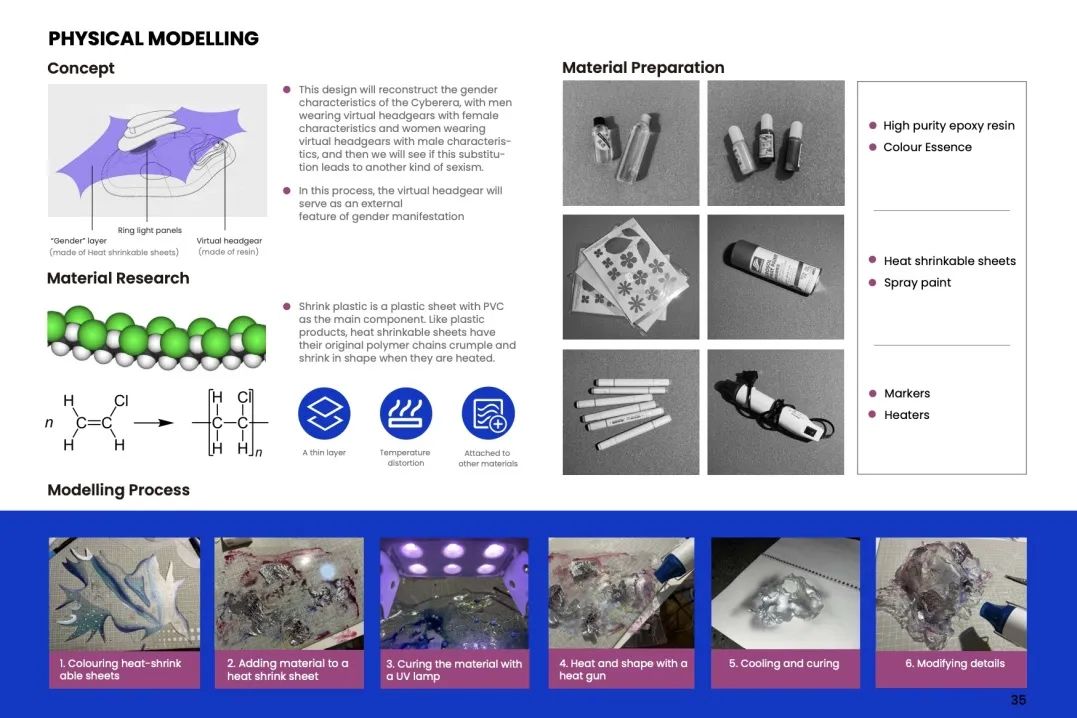
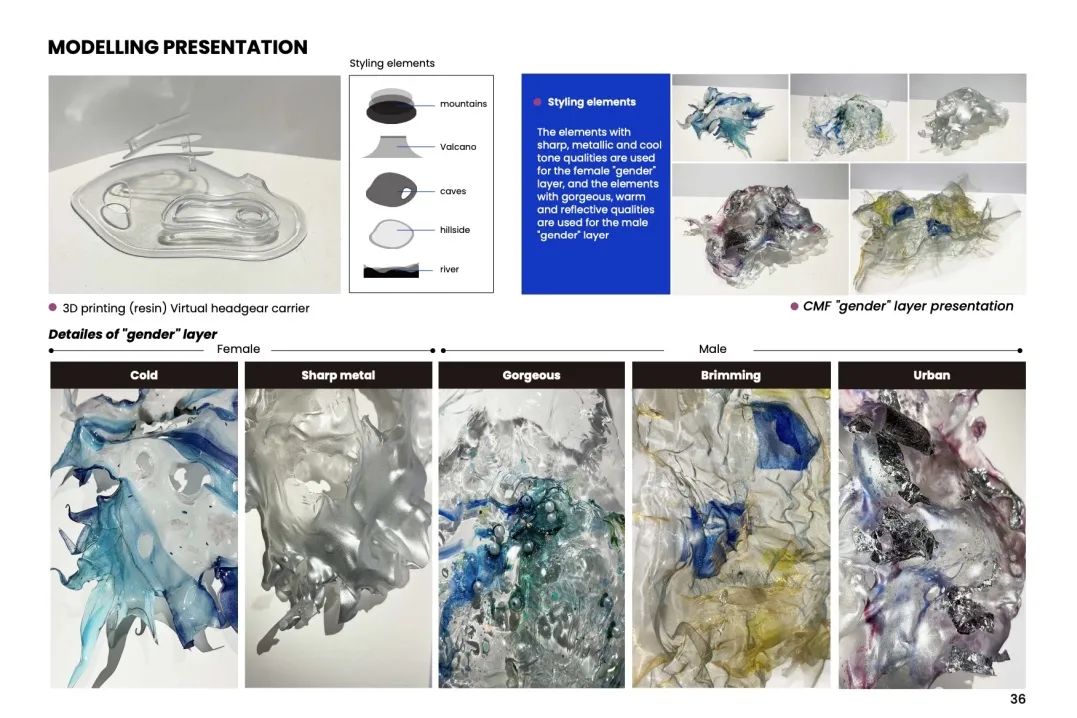
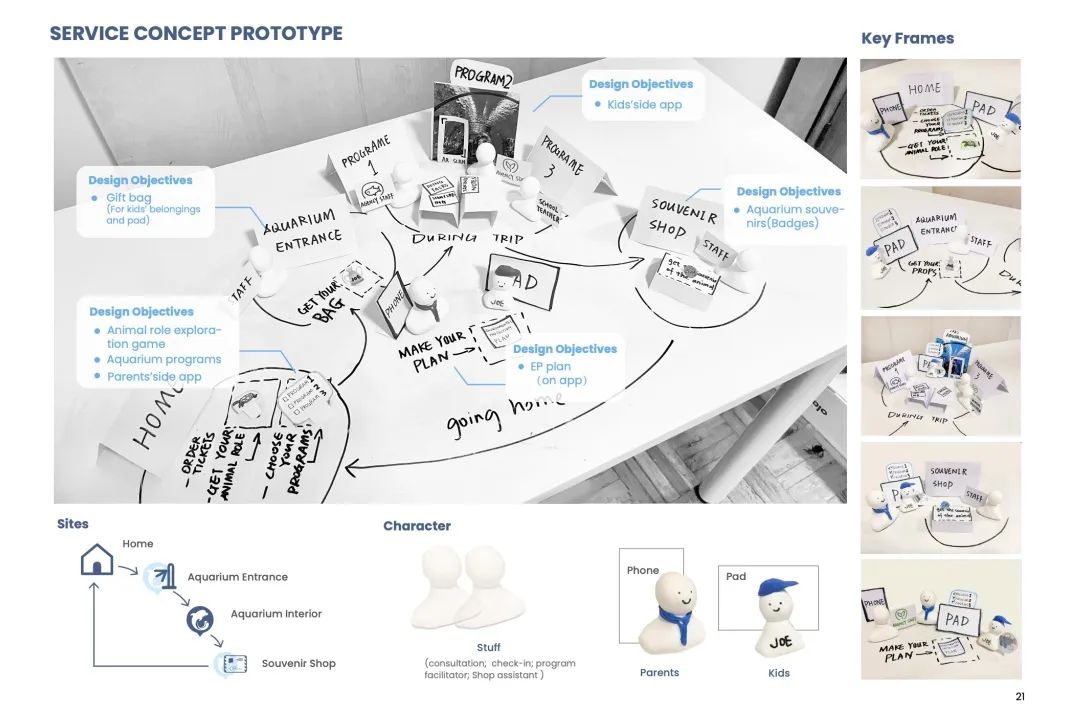
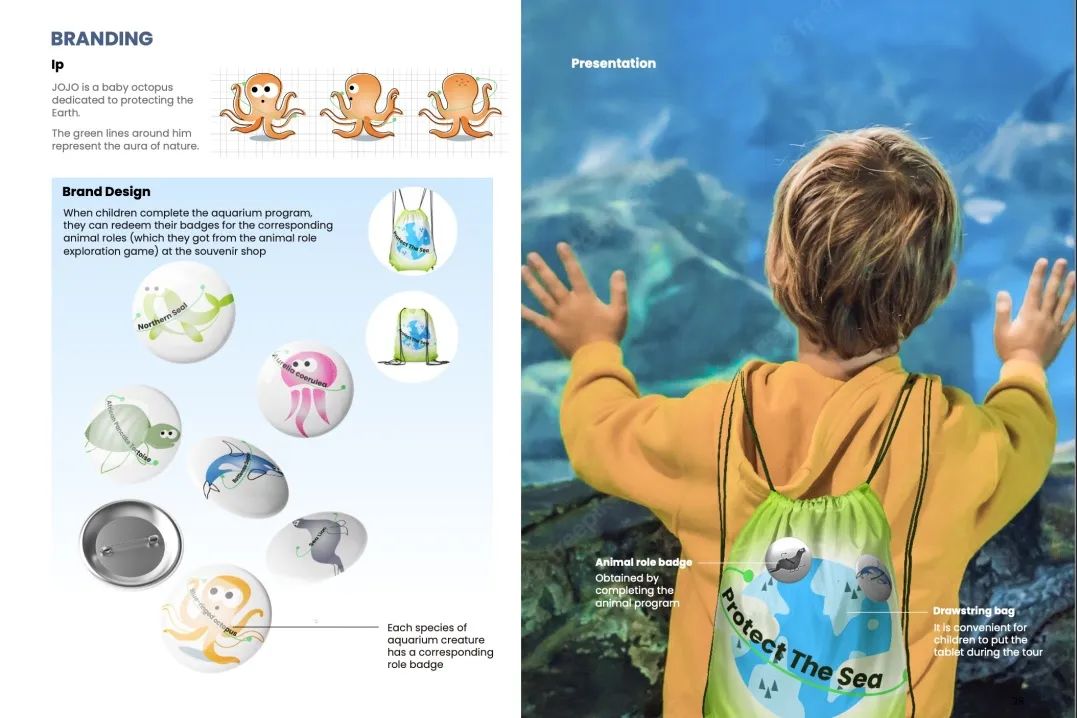
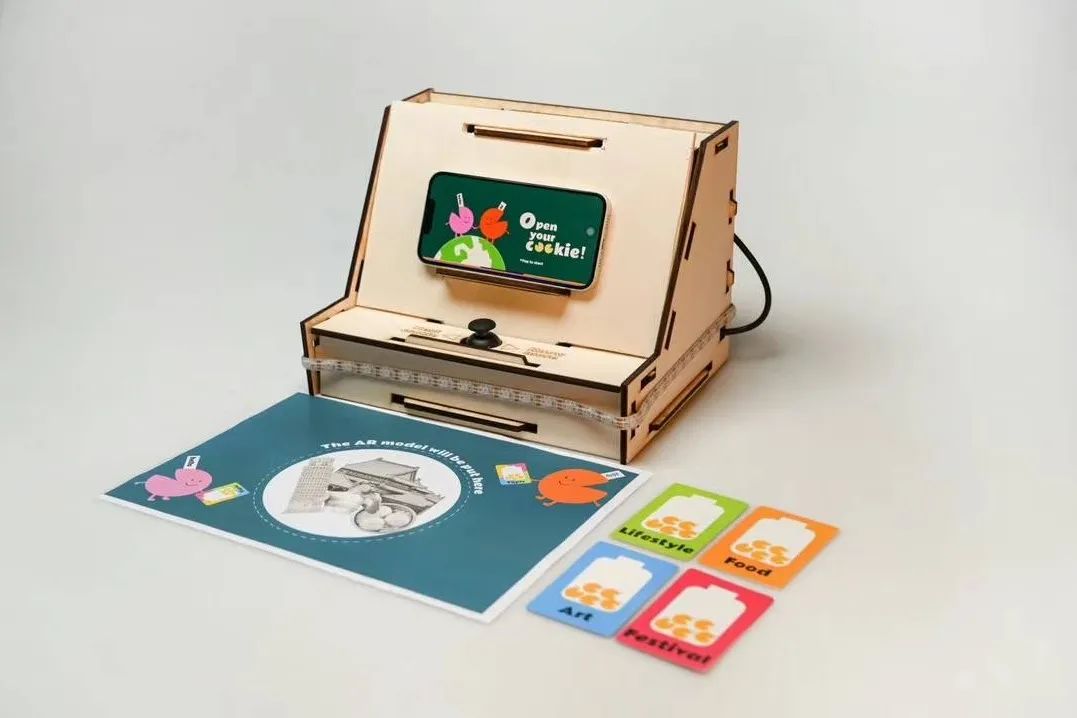
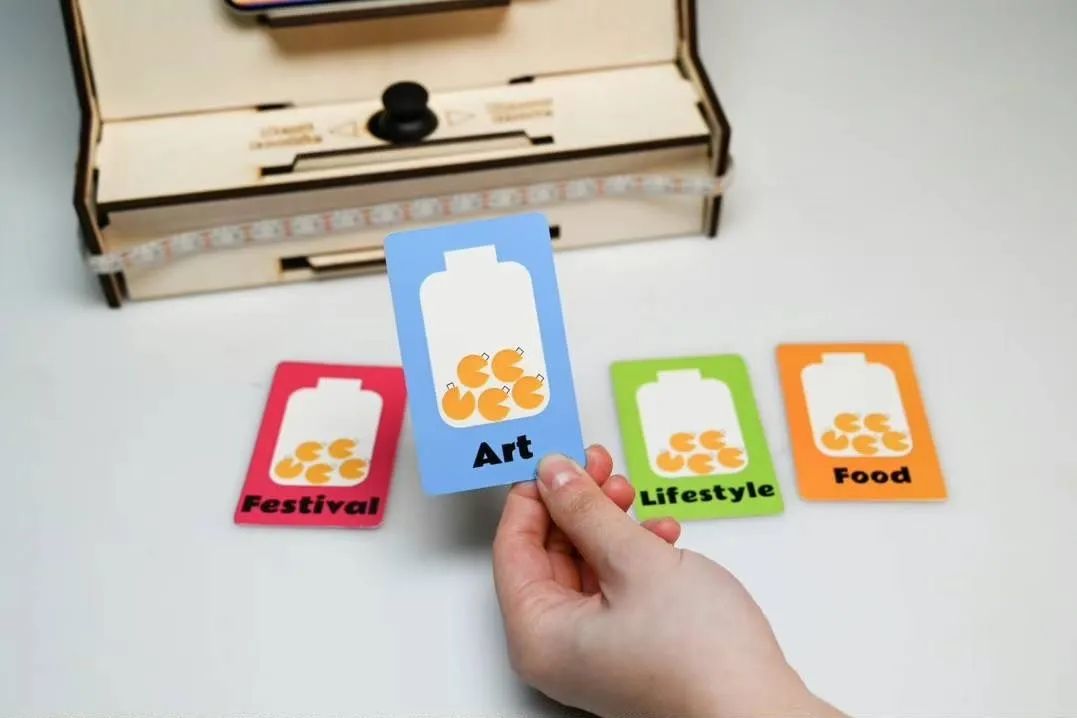
© Zixin.M
Course Schedule
First Lecture: December 6 (Friday) 20:00~21:00
Second Lecture: December 13 (Friday) 20:00~21:00
Third Lecture: December 20 (Friday) 20:00~21:00
Fourth Lecture: December 27 (Friday) 20:00~21:00
We will be here throughout December ~ Every Friday at 8 PM
The course will be conducted via Tencent Meeting online live broadcast
At the end of the live broadcast, there will be about 10 minutes for free Q&A
How to Participate
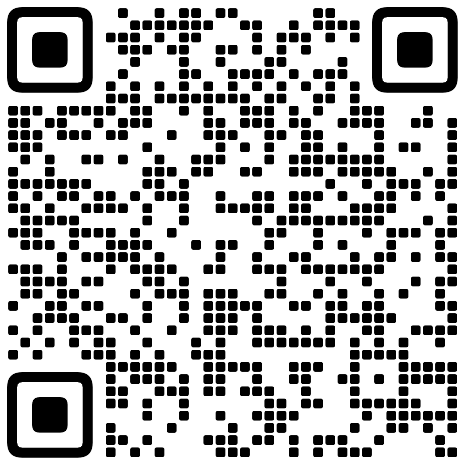
Long press to scan the code to join the groupFree to participate in the live broadcast
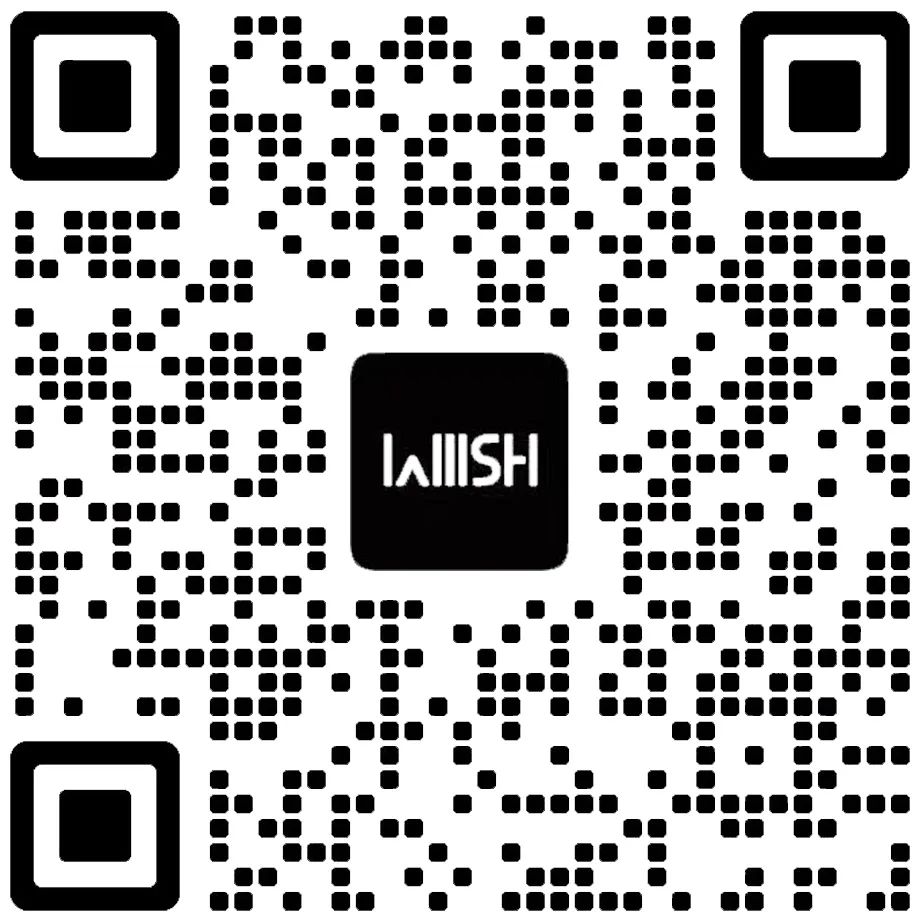
Long press to add customer service: WIIISH Wei Xiao Wolf
↑ Future Interaction Designers’ Learning Platform, hurry up and follow ↑
First Lecture:
Introduction to Arduino Basics and Hardware
December 5 (Friday) 20:00~21:00
This lesson will introduce the basic functions, hardware composition, and development process of Arduino. A preliminary understanding of the relationship between hardware and interaction design.
Key Points of This Lecture
1. What is Arduino?
• Characteristics and application scenarios of Arduino
• Introduction to common Arduino boards (such as Uno, Nano)
2. Basic Hardware
• Input devices: buttons, photoresistors, etc.
• Output devices: LEDs, buzzers, etc.
3. Basics of Arduino IDE
• How to install and set up the development environment
• Write and upload the first simple program (light up an LED)
4. Basic Circuit Setup
• Understanding circuit diagrams, breadboards, and jumper wires
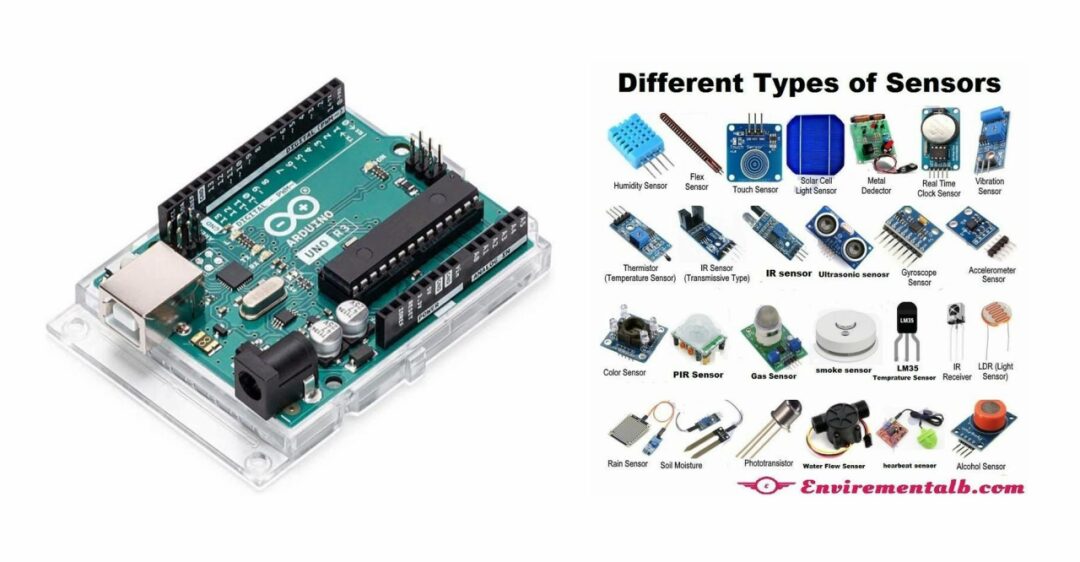
-By Amazon and Envirementalb.com
Second Lecture:
Environmental Signal Collection – Using Sensors to Perceive the World
December 13 (Friday) 20:00~21:00
This lesson will teach how to capture environmental signals through Arduino. Understanding the working principles of sensors and data collection methods.
Key Points of This Lecture
1. Introduction to Common Sensors
• Photoresistor: Detects light intensity
• Sound sensor: Detects environmental noise
• Temperature and humidity sensor: Detects temperature and humidity
2. Data Collection and Processing
• How to read sensor data through Arduino
• Use Serial Monitor to view real-time data
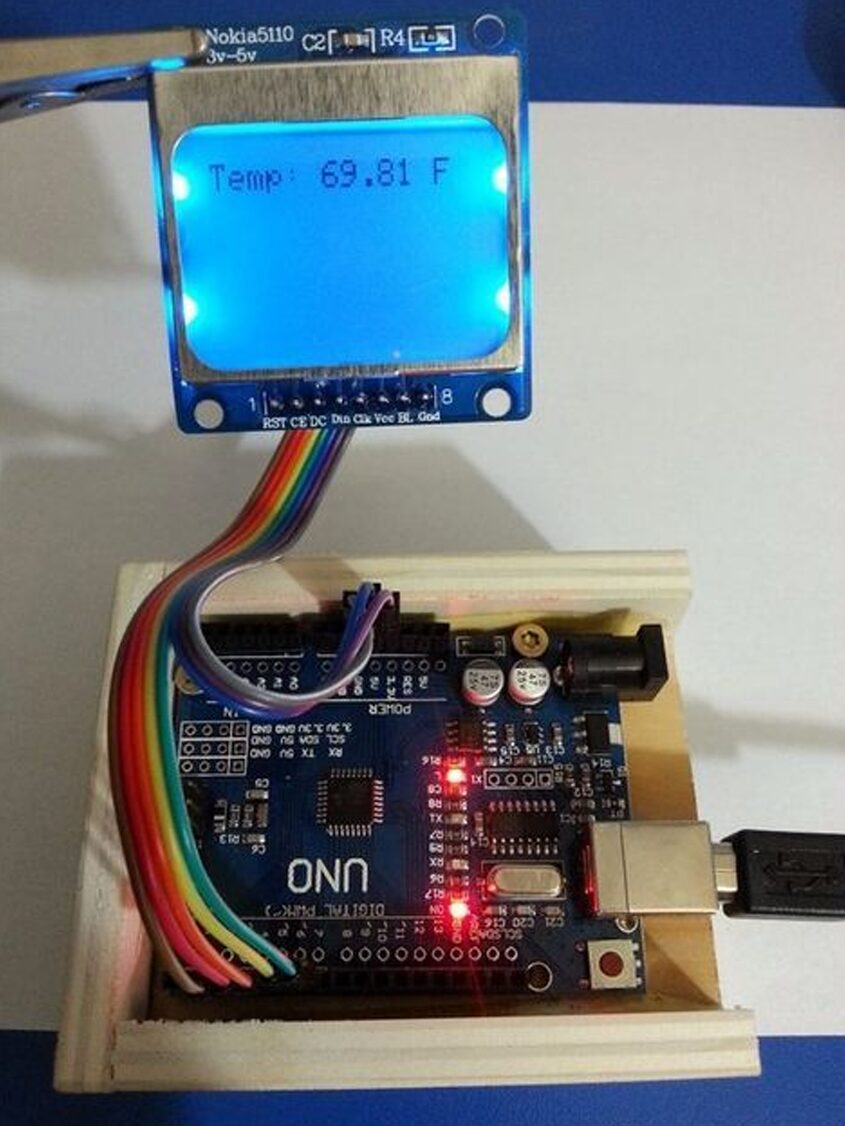
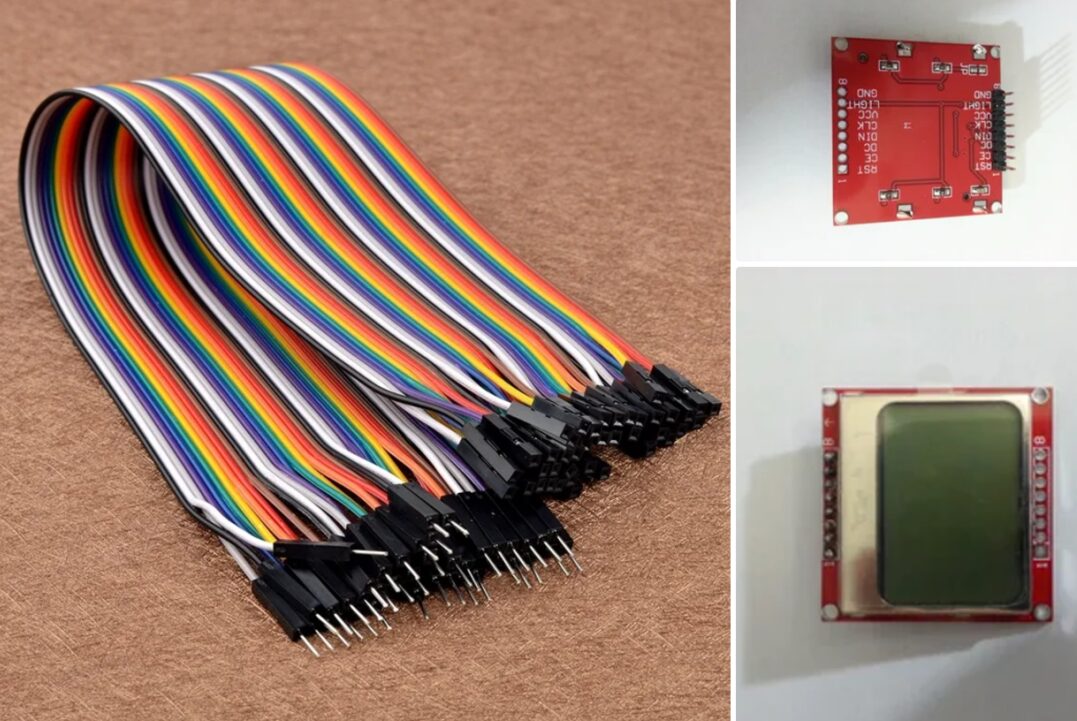
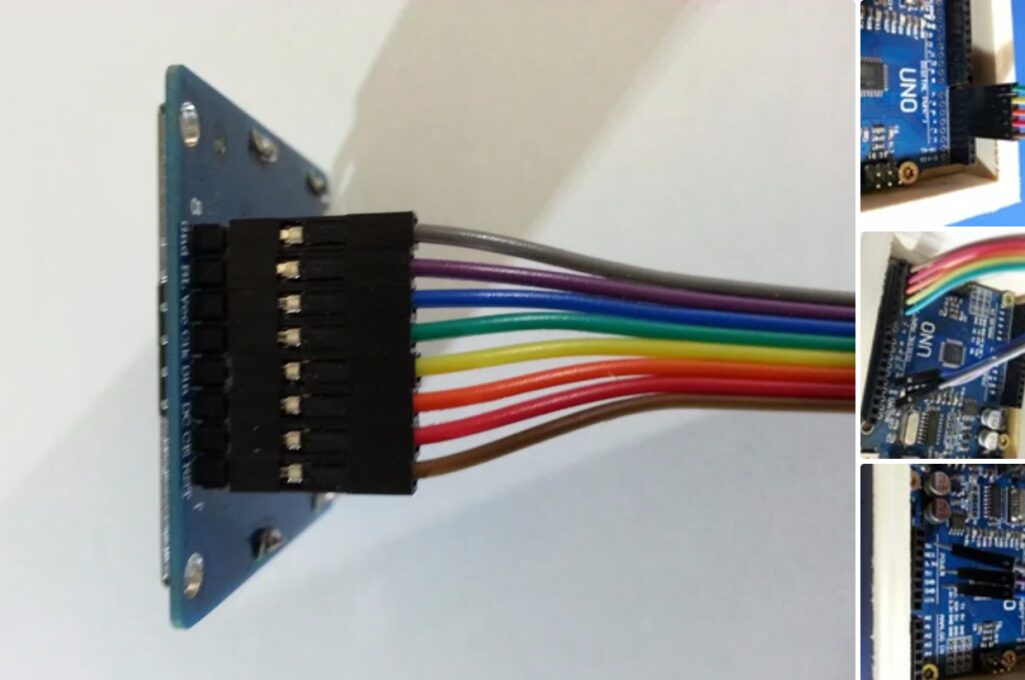
https://www.instructables.com/Arduinonokia-lcd-data-display-EASY-VERSION/
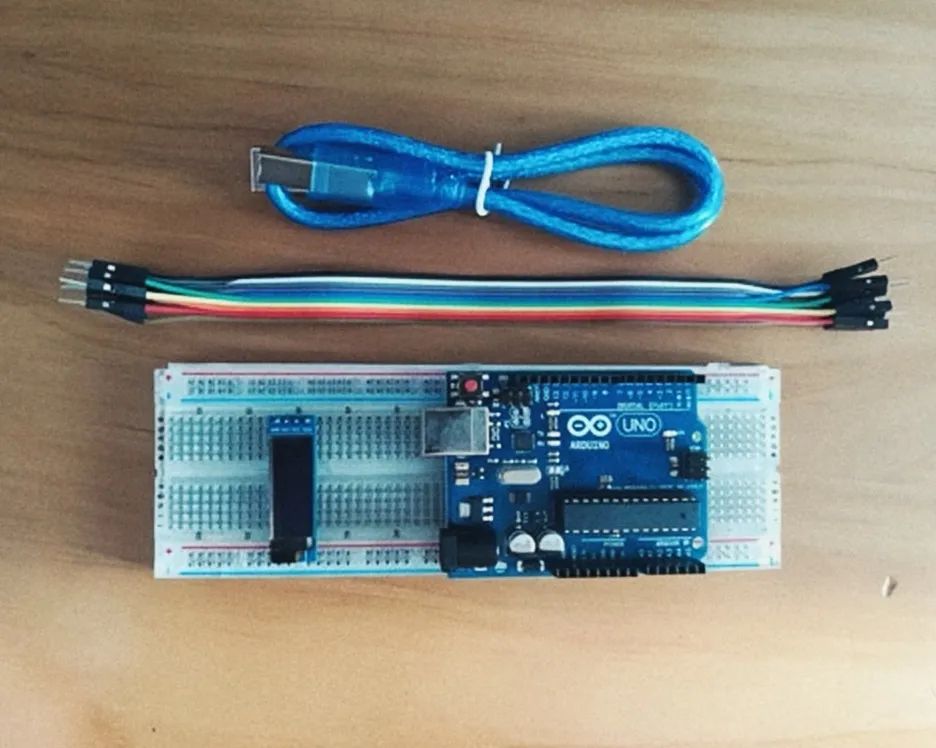
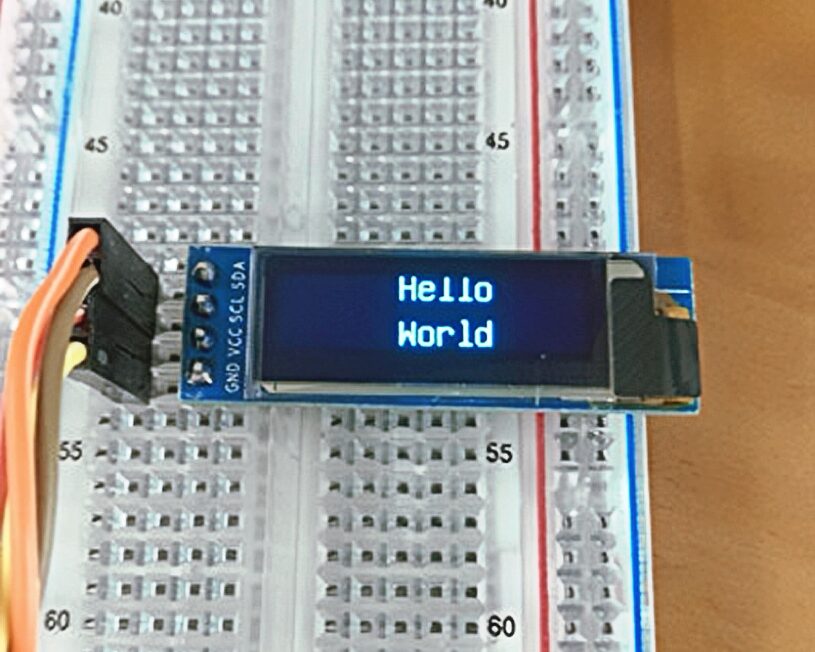
https://www.smart-prototyping.com/blog/oled-display-helloworld-tutorial
Third Lecture:
Data and Feedback – Transforming Signals into Experiences
December 20 (Friday) 20:00~21:00
This lesson will introduce how to use hardware output devices (such as LEDs, buzzers) to design basic sensory feedback. Design simple interaction mechanisms, and explore the transformation from signals to experiences.
Key Points of This Lecture
1. Introduction to Feedback Devices
• Dynamic control of LED lights
• Tone control of buzzers
2. Designing Feedback Logic
• Dynamically change output based on sensor data (e.g., light intensity → LED brightness)
• Create simple tone feedback (e.g., distance → tone change)
3. Case Exploration
• Adjust the brightness of LED lights based on sensor signals
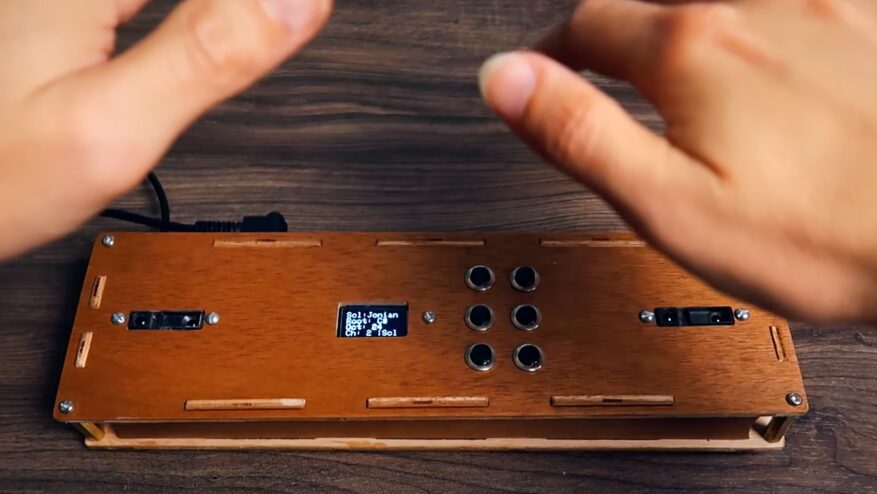
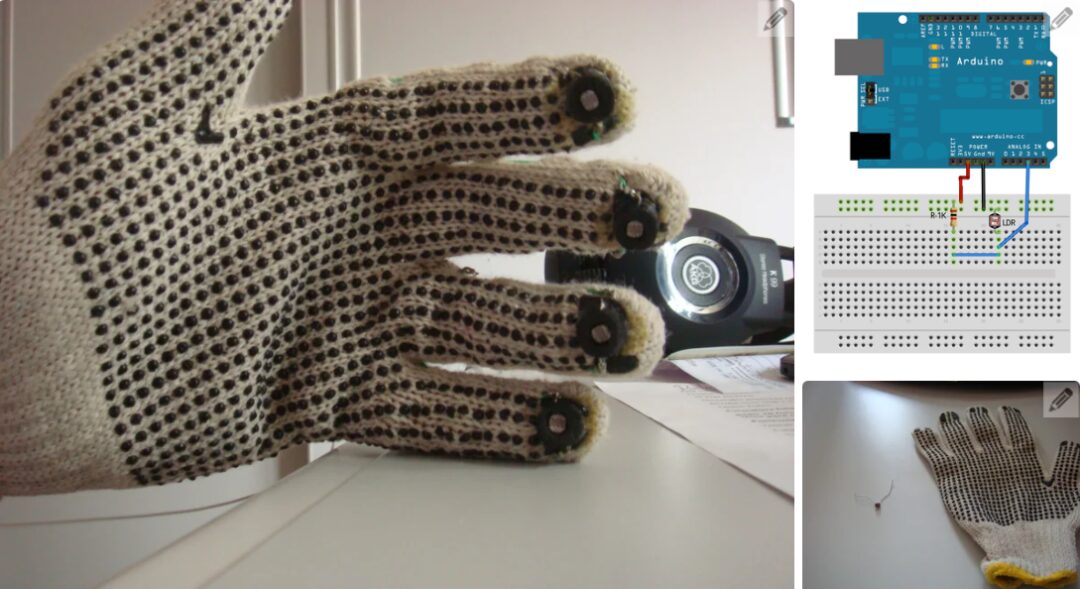
https://www.instructables.com/SNF-Drumming-MIDI-Glove-using-Arduino-and-light-se/
Fourth Lecture:
How to Plan Your First Arduino Interactive Project
December 27 (Friday) 20:00~21:00
Together we will analyze interactive cases, understand different design paths that combine environmental signals and sensory experiences. Summarize design ideas, and inspire students on how to conceive and design small interactive works based on environmental signals.
Key Points of This Lecture
1. How to Start from Problems, Brainstorming and Inspiration
2. Choosing Design Paths
3. Common Design Challenges and Solutions
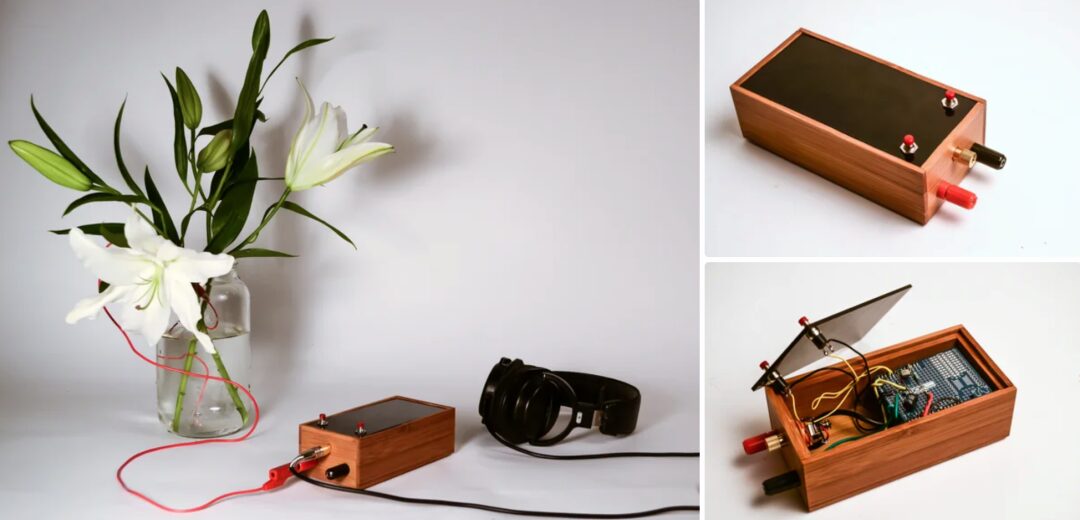
https://www.instructables.com/Singing-plant-Make-your-plant-sing-with-Arduino-/
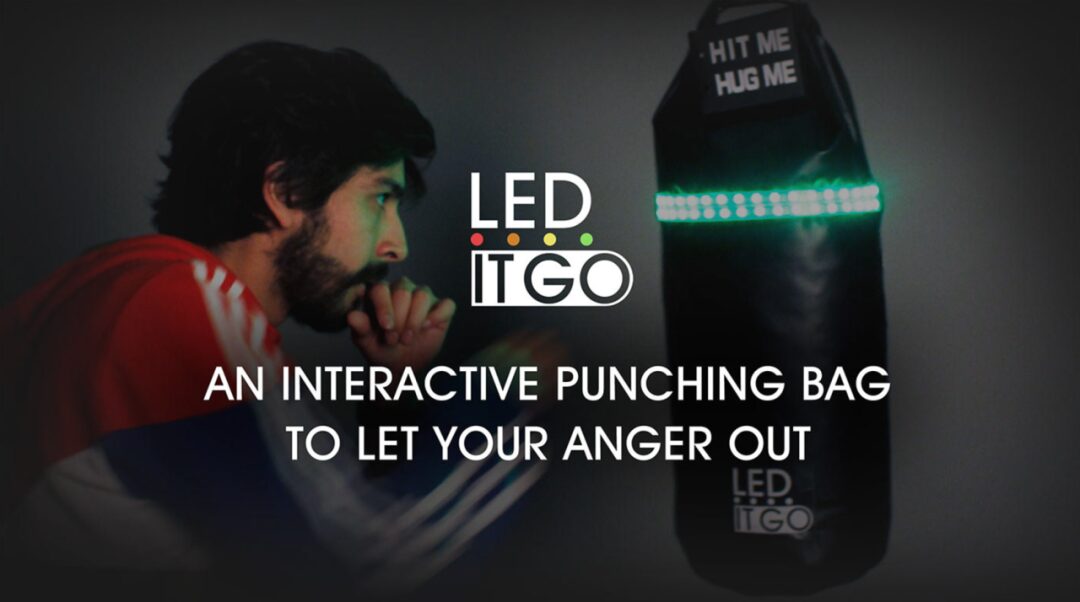
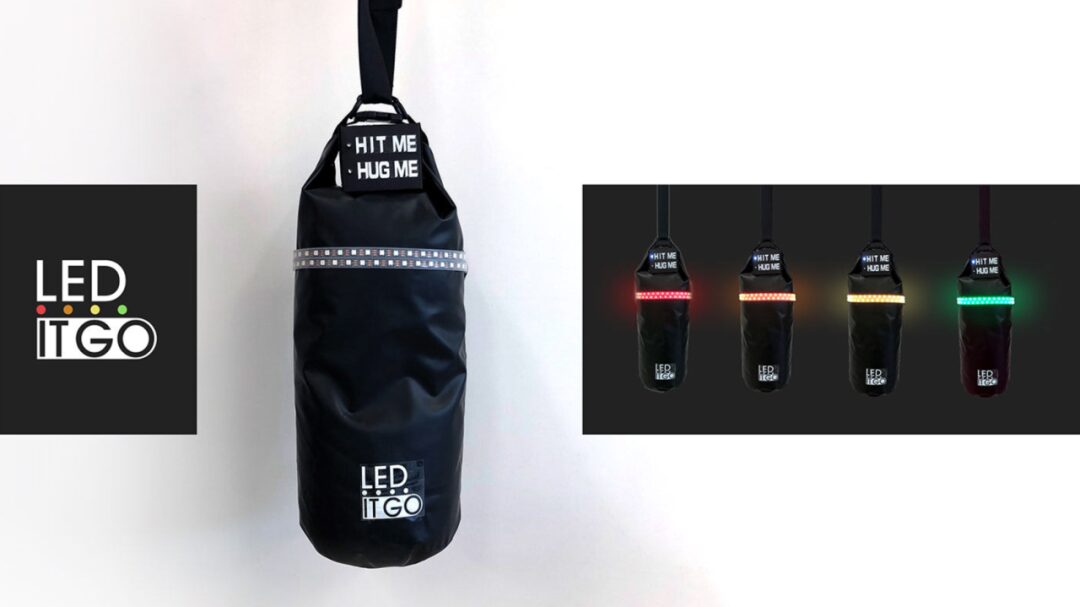
(The works mentioned in the article are sourced from the internet. If there is any infringement, please contact for removal.)
Detailed Consultation
Contact us
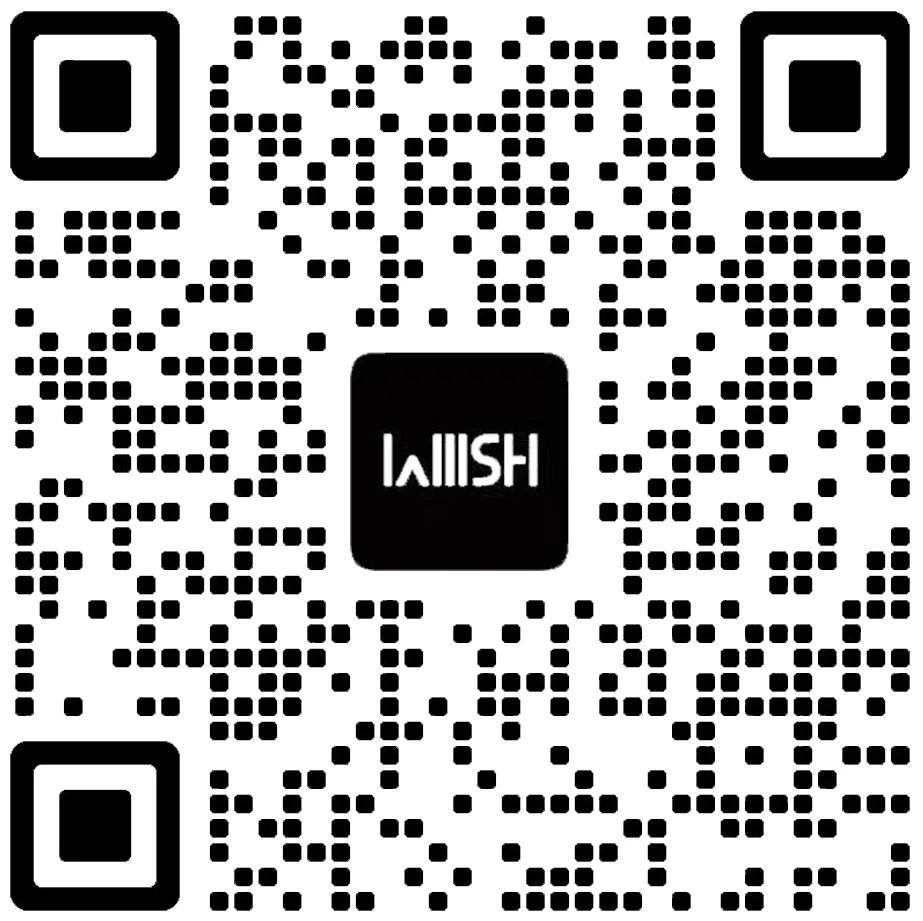
Series Content
Series
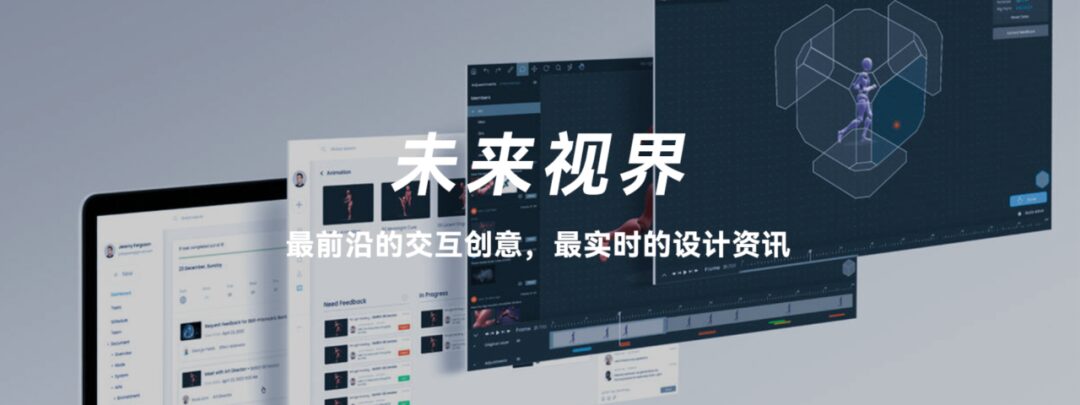
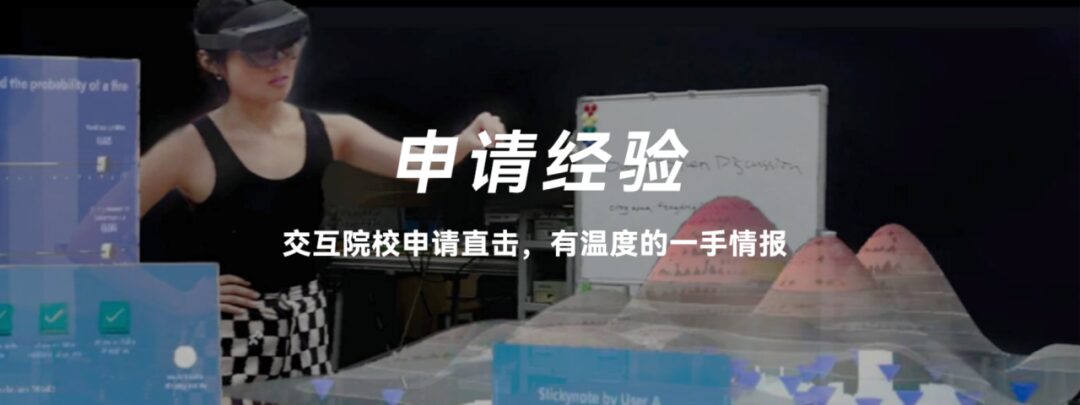
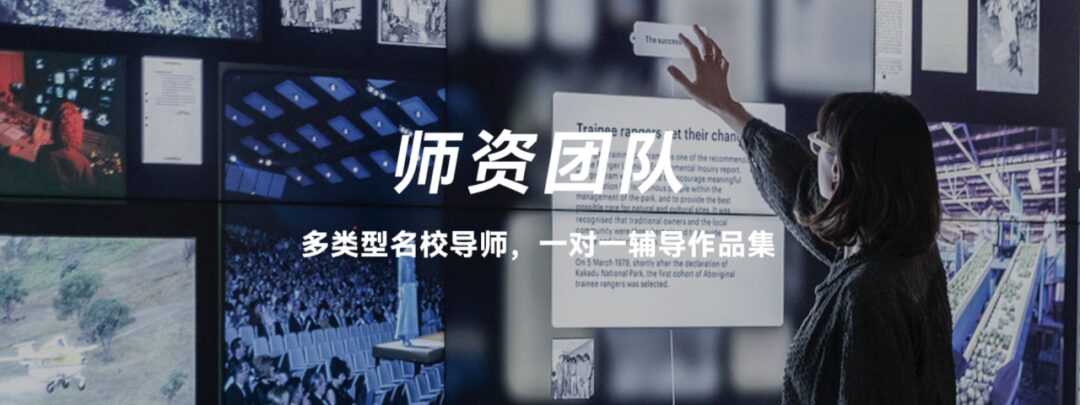
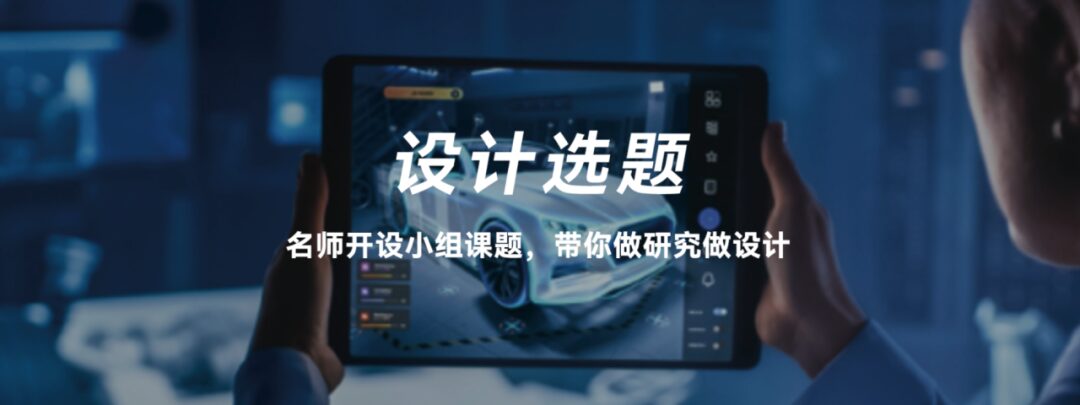
Contact Us
Connect
↓ Long press the image ↓ Follow the public account to avoid getting lost ↓
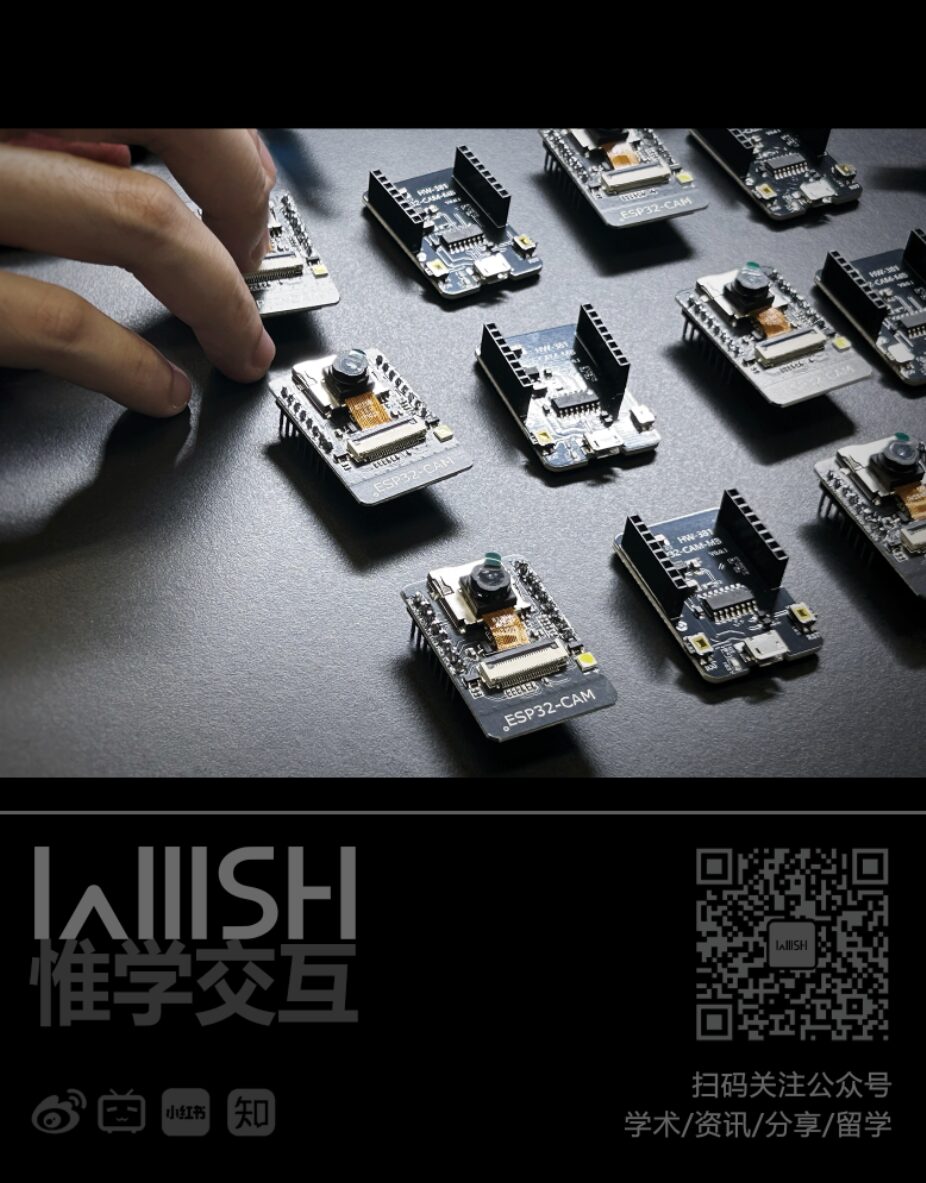
Like, watch, click to light up inspiration
